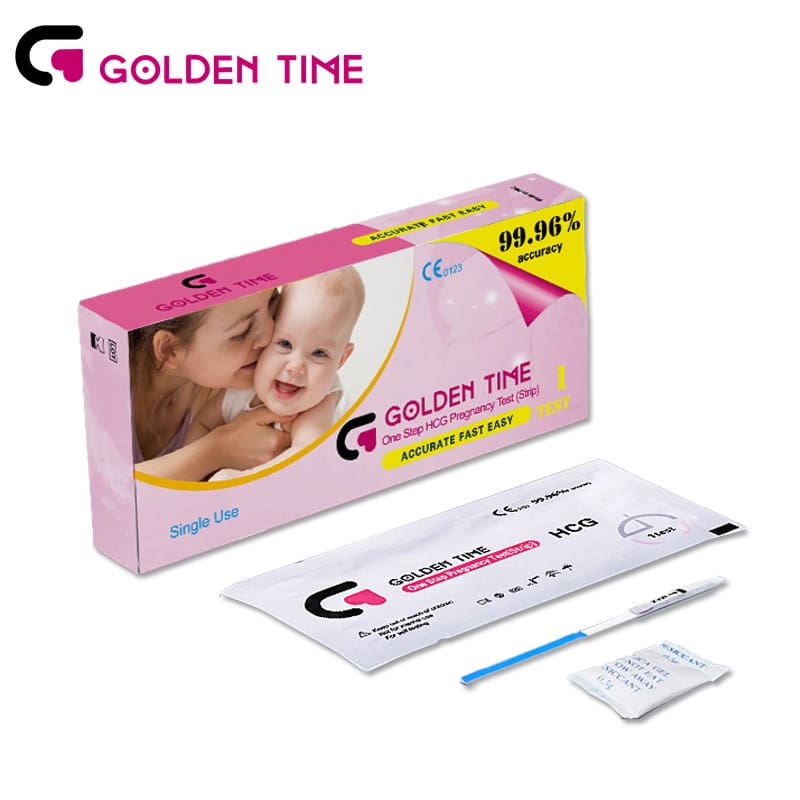Jul . 26, 2024 01:12 Back to list
Understanding OPK and Pregnancy Tests What Manufacturers Want You to Know for Accurate Results
Understanding OPK Pregnancy Tests A Comprehensive Guide
Ovulation Predictor Kits (OPK) have gained significant popularity among couples who are trying to conceive. These tests are specifically designed to identify the surge in Luteinizing Hormone (LH) that precedes ovulation, helping potential parents track the optimal time for conception. As the market for OPK pregnancy tests grows, it’s essential to understand what these tests are, how they work, and the role manufacturers play in ensuring their effectiveness and reliability.
What is an OPK?
An Ovulation Predictor Kit is a home testing device that detects the LH surge in urine. Typically, women experience this surge about 24 to 36 hours before ovulation. By identifying this window, couples can time intercourse more effectively to increase their chances of conception. OPKs come in various forms, including test strips, midstream tests, and digital devices, each offering varying levels of convenience and accuracy.
How Do OPKs Work?
The science behind OPKs is relatively straightforward. When a woman is approaching ovulation, her body releases a hormone known as LH. This hormone is critical because it triggers ovulation — the release of an egg from the ovary. By using an OPK, one can detect increased levels of LH in the urine, indicating that ovulation is imminent.
To use an OPK, a woman typically starts testing a few days before she expects to ovulate based on her cycle length. The testing process usually involves dipping a test strip into urine or urinating directly onto a midstream test. Once the test is complete, women read the results—often indicated by two lines—one line for the control (to ensure the test is working) and the other for the LH surge.
Differences Between OPKs and Pregnancy Tests
opk pregnancy test manufacturer

While both OPKs and pregnancy tests are hormonal tests, they measure different hormones. OPKs measure LH, while pregnancy tests typically measure the hormone hCG (human chorionic gonadotropin). Therefore, using an OPK when pregnant will not provide accurate results related to pregnancy.
Role of Manufacturers
The effectiveness of OPKs greatly relies on the manufacturers who develop and produce them. Leading manufacturers prioritize accuracy, ease of use, and accessibility in their products. They invest in research and development to improve sensitivity levels, ensuring that their tests can detect even minor fluctuations in LH. Furthermore, manufacturers provide clear instructions and guidelines on how to achieve the best results, empowering users to maximize their chances of conception.
Additionally, many reputable manufacturers conduct clinical trials to validate the accuracy and reliability of their tests. This commitment to quality helps build trust among consumers, allowing them to confidently choose OPKs as part of their family planning strategy.
Choosing the Right OPK
When selecting an OPK, it is essential to consider factors like sensitivity, ease of use, and cost. Some OPKs provide digital results, which can be easier to read and interpret, while traditional strips may offer a more economical choice. Understanding individual cycles and preferences plays a vital role in making the right decision.
Conclusion
OPK pregnancy tests offer a valuable tool for individuals and couples looking to conceive. With the knowledge of how they work, along with insight into the manufacturers behind these products, users can effectively navigate their reproductive journey. By selecting the right OPK and utilizing it according to guidelines, couples can better pinpoint their fertile windows and enhance their chances of conception. As the landscape of reproductive health continues to evolve, the role of OPKs remains significant in supporting individuals and couples in their family planning efforts.
-
Accurate Benzodiazepines (BZO) Rapid Test Kits | Fast Results
NewsAug.27,2025
-
Trusted Early Pregnancy Test Kit Supplier | Accurate, Fast Results
NewsAug.26,2025
-
China Sterile Nylon Flocked Throat Swabs: Superior Sample Collection
NewsAug.25,2025
-
COVID-19 Rapid Antigen Test Kit: Accurate & Fast Home Results
NewsAug.24,2025
-
Premium Cassette Lateral Flow Devices for Rapid Diagnostics
NewsAug.23,2025
-
Pregnancy Test Calculator: Know Your Weeks, Week by Week
NewsAug.22,2025

